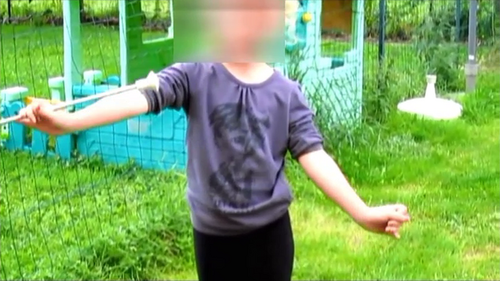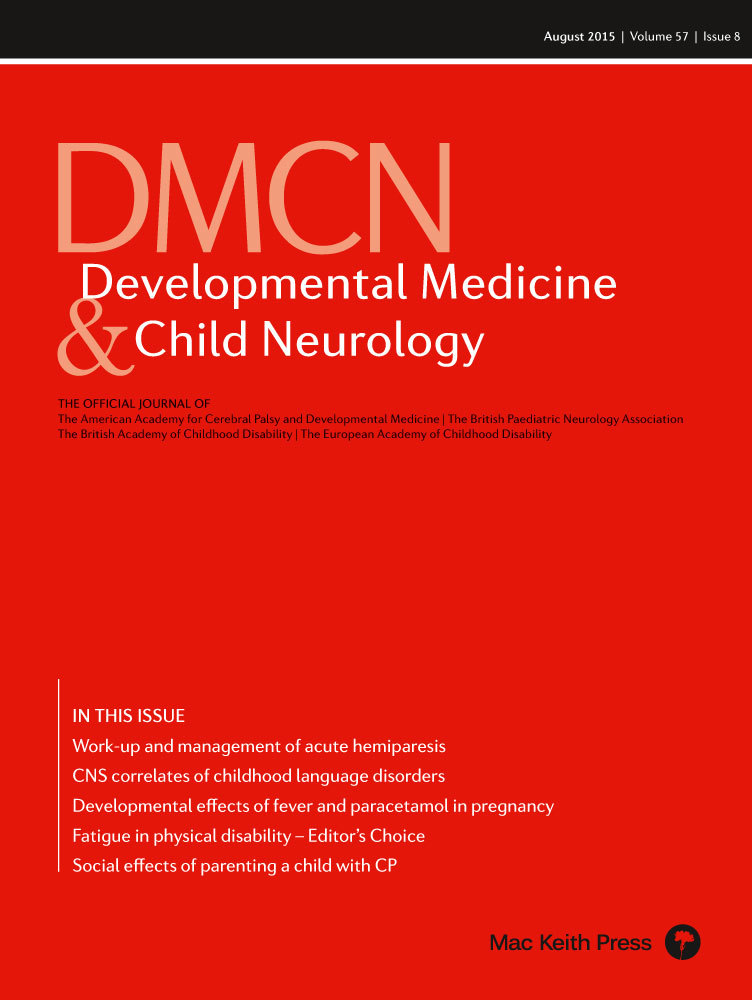Congenital mirror movements caused by a mutation in the DCC gene
A 6-year-old female presented with mirror movements, that is involuntary movements of one side of the body that mirror intentional movements on the opposite side, of the hands and forearms (see Video S1, online supporting information). The onset of these involuntary mirror movements was in infancy and there were no other clinical signs or symptoms. The child's mother reported clumsiness and an inability to perform pure unimanual or skilled dissociated movements of the two hands. The child had to give up baton twirling because she could not rest one hand on her hip while the other hand was twirling the baton (Fig. 1). She was diagnosed with congenital mirror movements, as were her mother and maternal uncle. Genetic analysis found a nonsense mutation in the DCC gene (c.823C>T/p.Arg275X) that segregated with the disease in the family.

Congenital mirror movements is a developmental movement disorder. It is characterized by the early onset of obvious mirror movements, mostly affecting the hands, in individuals with no other clinical manifestations.1 It has been described as a familial disorder with autosomal dominant inheritance and incomplete penetrance, but simplex cases also exist. The known culprit genes are DCC, RAD51, and possibly DNAL4.2 The pathophysiology involves abnormal decussation of the corticospinal tracts and altered interhemispheric inhibition with bilateral activation of the primary motor cortices during unimanual movements. Most affected individuals have strong and sustained mirror movements of a lower amplitude than the corresponding voluntary movements. They have difficulties performing tasks which require skilled bimanual coordination, and suffer from occasional pain in the upper limbs during sustained manual activities, such as writing. The mirror movements usually persist throughout life, without deterioration or improvement, and are not associated with any subsequent onset of additional neurological manifestations. Although physiological mirror movements can be seen in children under 7 years of age, they are always discrete and are not disabling. The public's awareness and understanding of this disorder is poor, which may have deleterious consequences for affected children's well-being and education. As is the case for children with developmental coordination disorder, information for teachers and adaptations of the school environment may be crucial to avoid stigmatizing children affected by congenital mirror movements and to ensure that education opportunities are not lost because of the motor disorder.
Acknowledgements
We thank Arlette Welaratne for her help with editing the video. The authors have stated that they had no interests that might be perceived as posing a conflict or bias.




